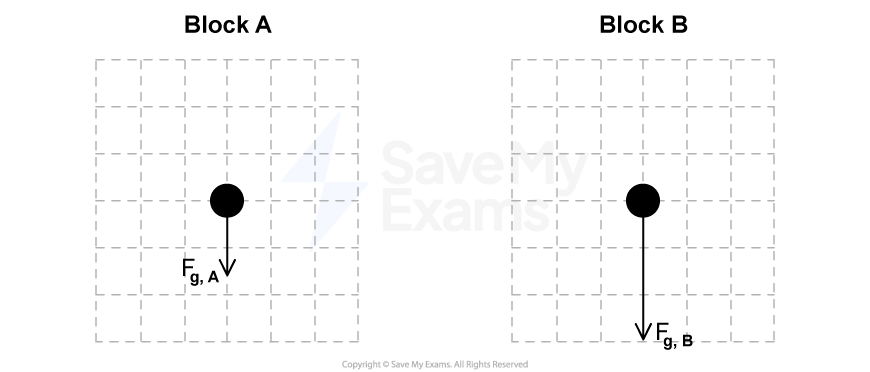Figure 1
A sphere of mass  is attached to a string of length
is attached to a string of length  . The sphere swings in a horizontal circle with constant speed
. The sphere swings in a horizontal circle with constant speed  , as shown in Figure 1. The string makes an angle
, as shown in Figure 1. The string makes an angle  with the vertical.
with the vertical.
i) On the dot in Figure 2, which represents the sphere, draw and label the forces (not components) that act on the sphere when the sphere is at the position shown in Figure 1. Each force must be represented by a distinct arrow starting on and pointing away from the appropriate dot. The relative lengths of the vectors should reflect the relative magnitudes of the forces exerted on the sphere for any relative values known.
Figure 2
ii) Determine an expression for the horizontal component of the tension in the string in terms of  ,
,  ,
,  ,
,  , and physical constants as appropriate.
, and physical constants as appropriate.
iii) Determine an expression for the vertical component of the tension in the string in terms of  ,
,  ,
,  ,
,  , and physical constants as appropriate.
, and physical constants as appropriate.
iv) Starting with Newton's second law, derive an expression for the speed  of the sphere. Express your answer in terms of
of the sphere. Express your answer in terms of  ,
,  ,
,  , and physical constants as appropriate. Begin your derivation by writing a fundamental physics principle or an equation from the reference information.
, and physical constants as appropriate. Begin your derivation by writing a fundamental physics principle or an equation from the reference information.





